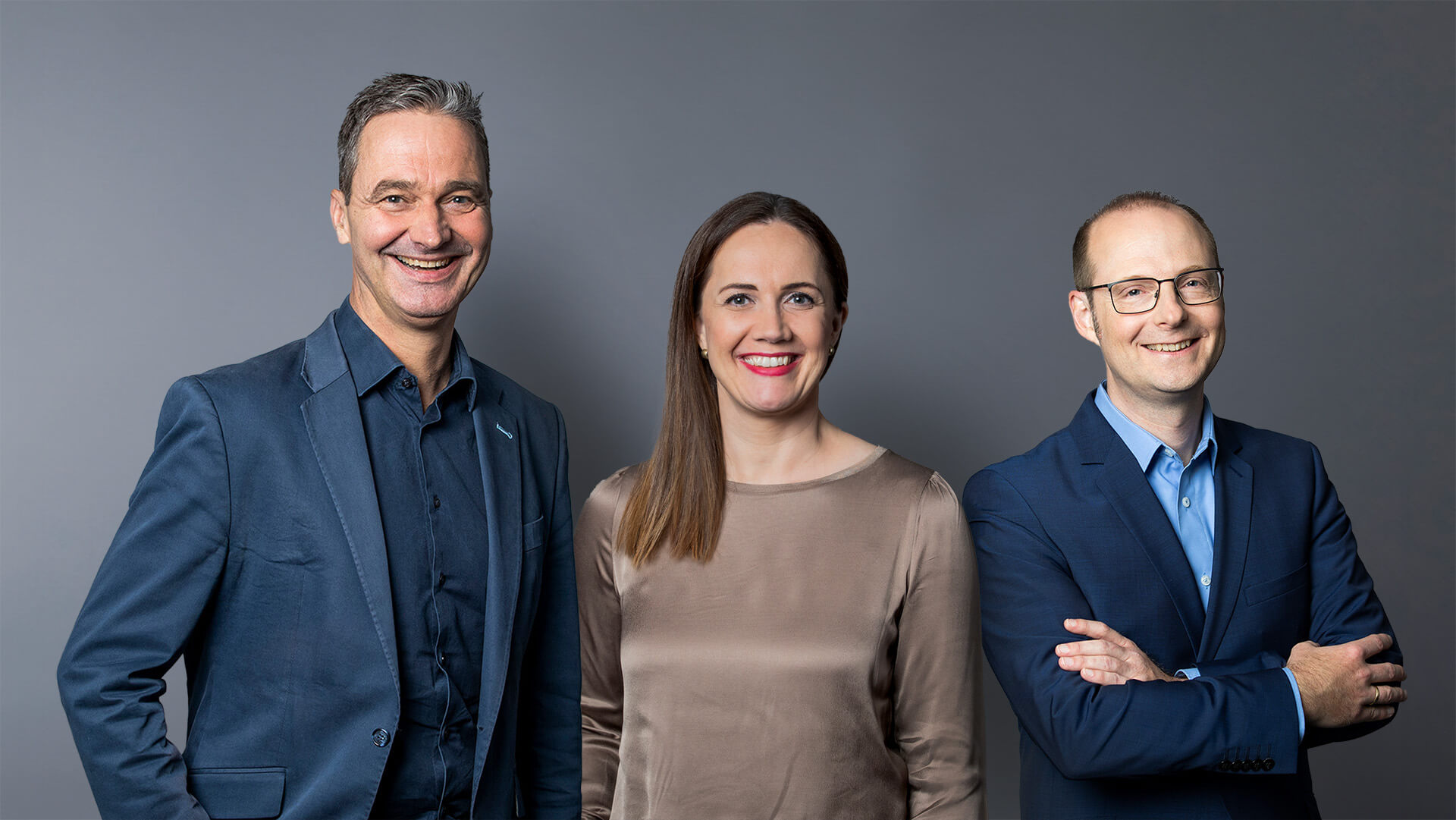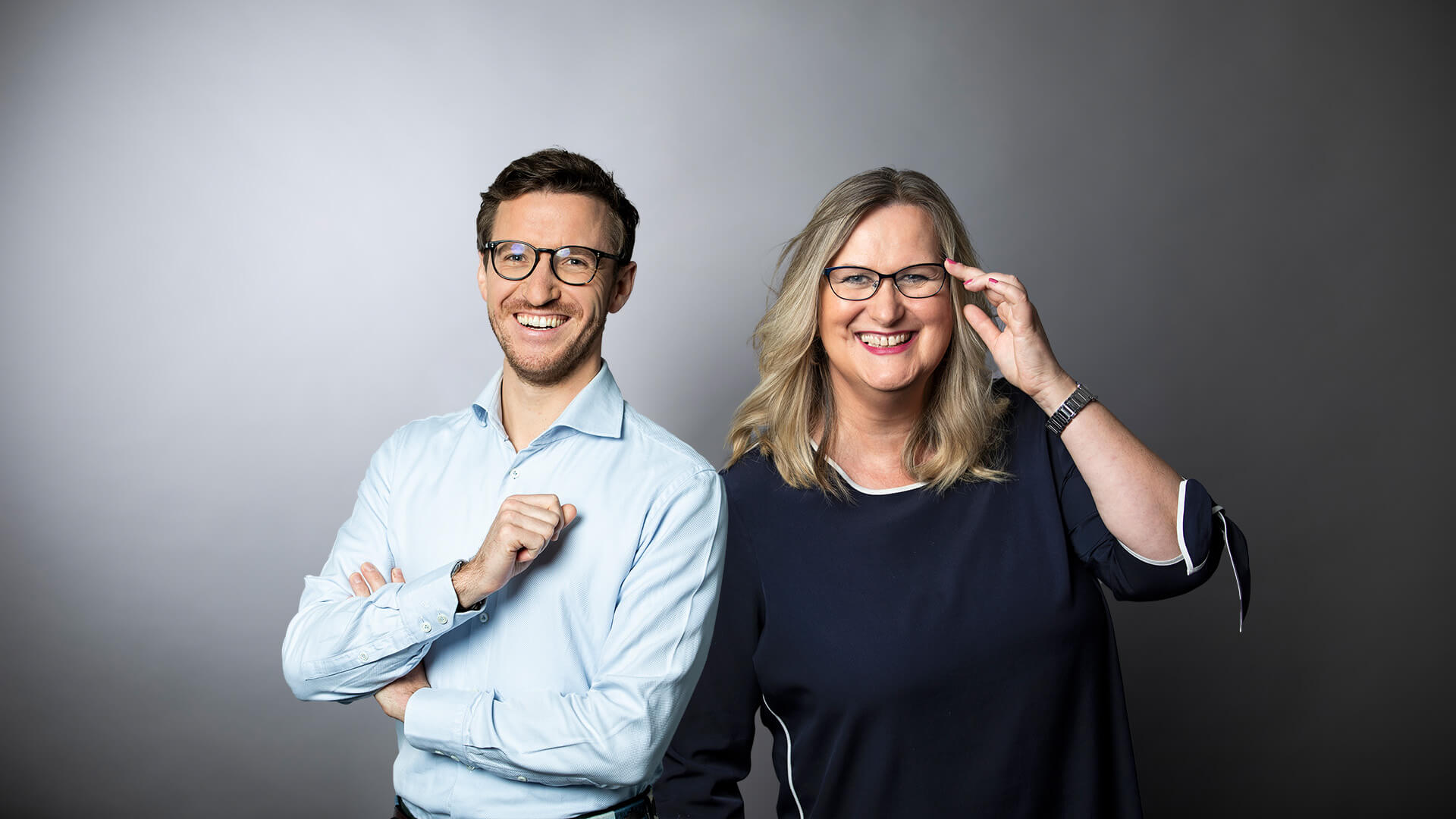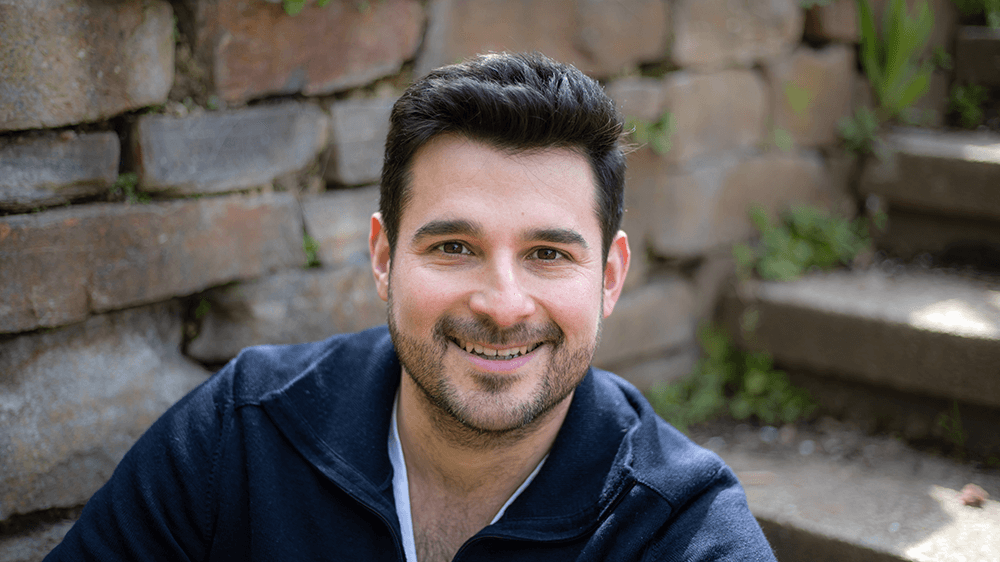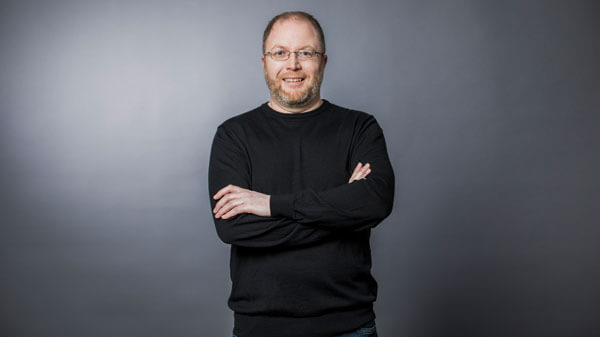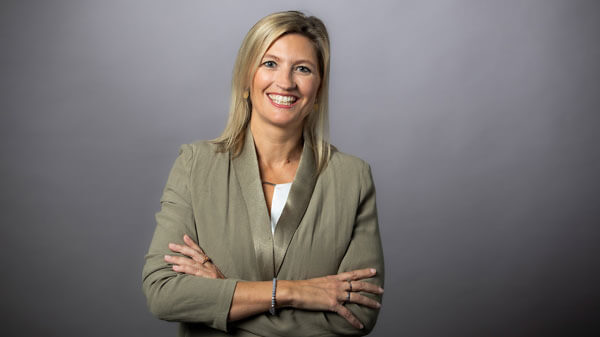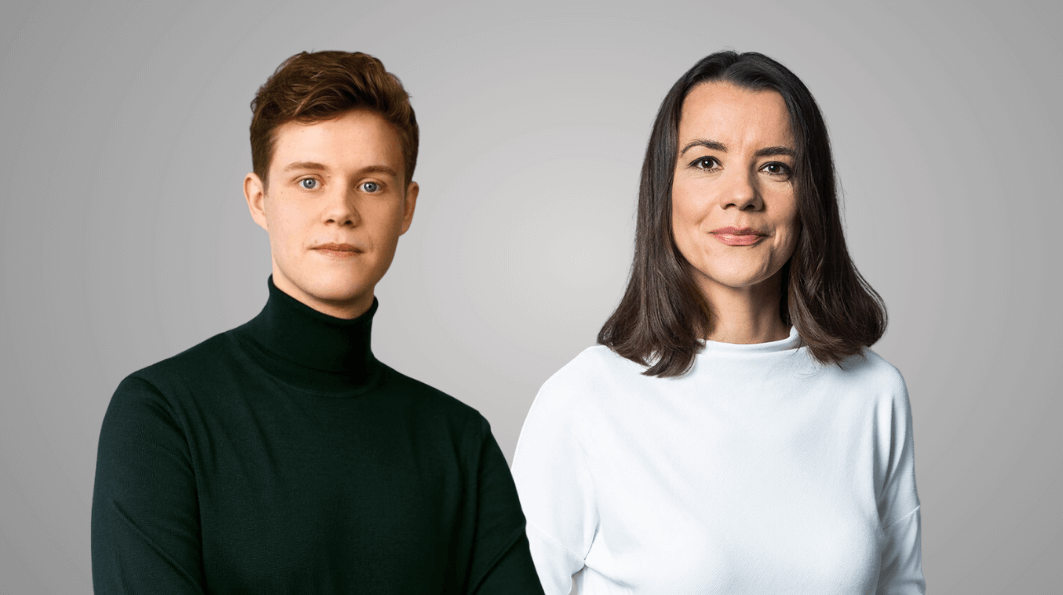Blog
Looking back: HTGF Family Day 2024 in Berlin
HTGF Family Day 2024 in Berlin – After-movie
At our new location STATION Berlin, we were able to offer participants at the Family Day even better opportunities for personal exchange and networking. Around 1,300 investors, founders and representatives of companies and the start-up ecosystems took advantage of this opportunity in thousands of 1-on-1 meetings.
Our two stages offered plenty of inspiration with keynotes, keynote speeches and panels. In addition, selected MasterClasses
Blog
Systematically utilizing start-up innovations – Interview with Fabian Dudek, founder and CEO of GlassDollar
We sat down with Fabian Dudek, Founder and CEO of GlassDollar, to learn how established companies can systematically leverage start-up innovations. GlassDollar helps companies quickly identify the right solutions and gain competitive advantages through successful partnerships and proof-of-concepts. Fabian provides insights into various innovation methods and shares his tips for effective cooperation.
Fabian, what innovation methods are there for established companies that are lookin
Blog
This is how we did it – Episode 2 with Christina Walch from Soluterials
The decision to found a start-up is always challenging. In our “This is how we did it” series, we talk to founders from our portfolio who have had their first experiences as entrepreneurs in challenging times. Valuable tips and first-hand experience. In episode two, we talk to Christina Walch, Managing Director of Soluterials, about her start-up experience. Soluterials specializes in the production of an innovative pure high-performance aluminum material SoluteriAL, which is sust
Blog
More than just a “nice to have” – why diversity makes companies better
Start-ups with a good corporate culture tend to be more successful. This involves fulfilling ESG (environmental, social, governance) criteria as well as actively promoting diversity. We sat down for a chat with Claudia Raber, ESG Manager and Principal at HTGF, and Barbara Lutz, founder of the consulting firm FKi Diversity for Success and initiator of the Impact of Diversity Award.
Claudia, you’re responsible for ESG at HGTF, together with Dr. Adrian Fuchs. What does ESG mean for a
Blog
HTGF Family Day goes Berlin: A look behind the scenes
HTGF Family Day is taking place in Berlin for the first time. In this interview, Stefanie Grüter, Partner Communications & Relations at HTGF, and Event Manager Maren Breuer reveal what our guests can expect on June 11 and 12 at STATION Berlin, what highlights are planned and what innovations there are.
Maren Breuer, Relationship Manager and Stefanie Grüter, Partner Communications & Relations
Can you tell us more about the idea behind the HTGF Family Day 2024? What is
Blog
This is how we did it – Episode 1 with Leonie Althaus from traide AI
The decision to found your own start-up is always a challenge. In our series “This is how we did it”, we speak to company founders from our portfolio who first experienced life as an entrepreneur during challenging times. They offer first-hand experience and valuable tips. Leonie Althaus, founder of traide AI, kicks off the series. Her start-up uses the latest cloud and AI technologies to support companies of all sizes and from all sectors in adhering to customs regulations and automatin
Blog
Interview with Verena Pausder: Entrepreneurial awakening – make it in Germany!
Verena Pausder, Chairwoman of the German Startup Association
At Family Day 2024, you’ll be calling for an “entrepreneurial awakening” and for companies to “make it in Germany”. How can this happen?If “Made in Germany” was a seal of quality in the past, then I believe that “Make it in Germany” should be our objective for the future.This can be achieved by supporting a start-up culture that welcomes diversity and talented individuals from around the world. Germany should s
Blog
Successful pitches: 10 tips for an impressive pitch deck
In their day-to-day work, Kilian von Berlichingen, Senior Investment Manager at HTGF, and Arnas Bräutigam, Co-Founder of AddedVal.io, look at numerous pitch decks critically. In this blog post, they provide a series of tips on how you can avoid making the most common mistakes in your pitch deck
from left: Arnas Bräutigam, Co-Founder of AddedVal.io and Kilian von Berlichingen, Senior Investment Manager at HTGF
1. Keep your pitch deck short and sweet:Your pitch deck should be
Blog
Digital health investments: Road to success requires bold steps and an interdisciplinary approach
Since as far back as 2012, High-Tech Gründerfonds has been investing in start-ups that operate at the intersection between healthcare and digital solutions. In this interview, our Senior Investment Managers Louis Heinz (Digital Tech) and Niels Sharman (Life Sciences) share some insights into the synergies that arise from the HTGF team’s diverse perspectives and also give their take on where the sector stands in Germany and internationally.
Louis Heinz and Niels Sharman, Senior Investme
Blog
2024: Trends, opportunities and challenges for founders
What trends and technologies can we expect to see in 2024? And what are the opportunities and challenges that founders will face? Our Partners Dr. Angelika Vlachou, Dr. Markus Kückelhaus and Markus Kreßmann provide an outlook, focusing on our investment fields industrial tech, life sciences & chemistry, and digital tech.
Industrial Tech, Deep Tech and Climate Tech: An outlook by Dr. Markus Kückelhaus
In the traditional industrial tech cluster, which encompasses fields such a
Blog
The year in review – 2023
As the year draws to an end, we sat down for a chat with the High-Tech Gründerfonds (HTGF) management team. Read on to find out what Romy Schnelle, Alex von Frankenberg and Guido Schlitzer had to say about how HTGF fared in 2023, which trends are becoming important, and what will really count for start-ups moving forward.
What would you say were the highlights for HTGF this year?
Alex von Frankenberg: Looking at the figures, 2023 was a good year for us –
Blog
ESG at HTGF: Helping to drive sustainable innovations
In this interview, Claudia Raber and Dr. Adrian Fuchs from our ESG team offer insights into their work and present High-Tech Gründerfonds’ (HTGF) recently published ESG Report. They talk about the importance of sustainability in the start-up world and show how we and our portfolio are actively contributing to a more sustainable future.
Our first ESG Report was recently published. What did it focus on?
Claudia: The ESG Report centred on our fourth fund generation, HTGF
Blog
Is Product Management the missing puzzle piece in Europe?
In his daily work with early-stage Industrial Tech founders, our Principal Gregor Haidl places particular emphasis on deeply understanding the customer and defining a successful product. Effective product management is a cornerstone, vital not only for start-ups, but for companies of all sizes and industries. Gregor sat down with Elias Lieberich, who brings an extensive background in product management.
Having spent over a decade at Google and YouTube building some of their biggest
Blog
Quo vadis e-fuels? The road ahead for alternative fuels
What role will e-fuels play for the drivetrains of tomorrow? It’s a topic that is being talked about more and more in politics and across society – sometimes in a highly emotional way. After all, many believe that the use of alternative drivetrains hinges on a fundamental question: Will we ever be able to move away from the principle of using combustion engines?
The discussion at the start of the year was an important one, as it shone a spotlight on the important topic of e-fuels an
Blog
The best network is an active one – how HTGF supports C-level recruitment
For every company, finding access to specialized expertise and especially finding the perfect individual to complement a team can be a lengthy and resource-intensive search. This is where the HTGF can offer excellent support, thanks to its extensive network. It connects those who are seeking with those who are offering. For nearly three years, these threads have come together through Christina Siebel, Senior HR Relationship Manager. With over 15 years of professional experience in human reso
Blog
Generation Greentech: How young ideas change the world
Five quick questions for Daniela Bach, Senior Investment Manager HTGF and Christian-Hauke Poensgen, Co-Founder Maya Climate
Christian-Hauke Poensgen, Co-Founder, Maya Climate and Daniela Bach, Senior Investment Manager, HTGF
What is Maya Climate and why can your idea make the world a little better?
Christian-Hauke Poensgen: We are a financing platform for nature-based solutions (NbS). These are some of the most efficient and scalable solutions for avoiding and reducing carbon in










